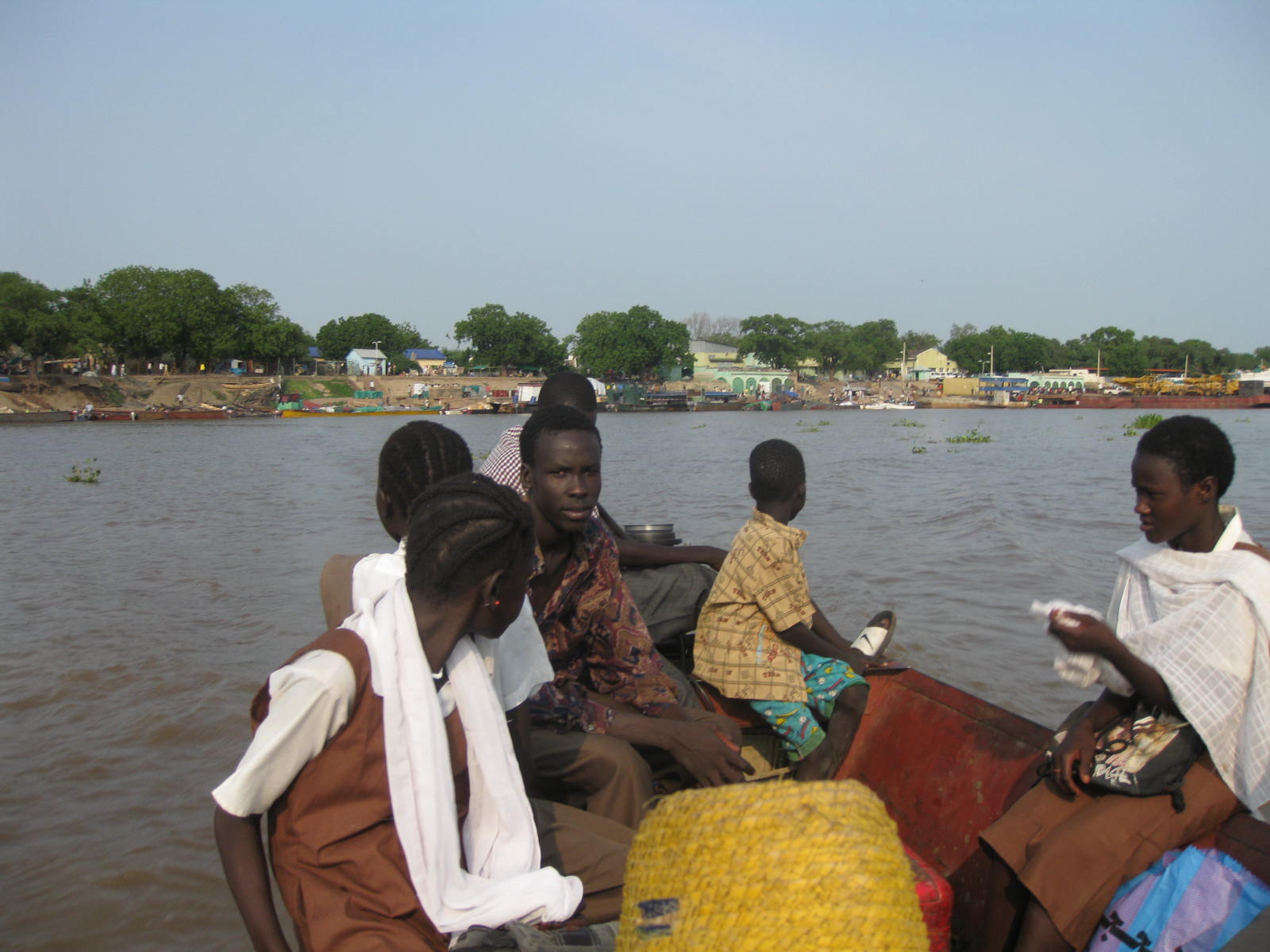
A small village in South Sudan, February 2022
The largest Peace Renewable Energy Credit (P-REC) purchase will enable the solar electrification of a South Sudan hospital that serves a vulnerable population brimming with internally displaced persons (IDPs) following the country’s seven-year civil war that started in 2013.
A crucial first for South Sudan
This P-REC agreement, the first ever in South Sudan, was brought to life through a complex yet meaningful partnership web among four organizations. 3Degrees, a certified B-Corp specializing in environmental and sustainability consulting, brokered the deal with support from Energy Peace Partners, the creators and arbiters of the P-REC. These two are helping to transfer P-RECs generated through a solar plant operated by the International Organization for Migration (IOM) to the financial service provider, Block, which will in turn power the Malakal Teaching Hospital. This acquisition of P-RECs from Block represents the largest to date and will allow IOM to fund the solar electrification of the hospital in South Sudan’s fourth largest city, Malakal.
Malakal is home to one of the largest IDP camps in South Sudan, hosting around 30,000 internally displaced South Sudanese in the politically unstable northern region of the country. Despite the deep scars the war left behind, the partners behind the project expect the solar electrification of the hospital to increase community health outcomes while harnessing a renewable energy source.

How do P-RECs work?
P-RECs work much like International Renewable Energy Credits (I-RECs) and are accredited through the same standard.
Here’s a grossly oversimplified look into how RECs work: If you switch your light on at home, there’s no way of telling what energy source is fueling that electricity. That’s because you’re on the electric grid, and the grid is powered by an amalgamation of energy sources, including coal, wind, solar and nuclear, among others. This combination creates a powerful network of energy for on-demand use, but it also muddies exactly what source you are pulling from and when.
RECs were created to assure energy consumers that the source they are pulling from is renewable and clean. It also gives an opportunity for clean energy investors, like solar farm owners, to monetize their renewable energy by selling RECs to consumers or businesses.
One token of REC is created for every megawatt-hour (MWh) of power a renewable energy source generates.
Though RECs were first introduced in the early 2000s, P-RECs cropped up in 2017 as a way to incentivize renewable energy investments in countries ripe with energy insecurities, widespread poverty and political instability, among other vulnerabilities.
Editor’s Note: Still confused? Don’t worry, TriplePundit has written extensively on RECs.
The first P-REC project was implemented in 2019 in Democratic Republic of Congo when Microsoft purchased the credits from Goma-based solar energy company Nuru. The project funded the electrification of 35 streetlights connected to the small yet sustainable power grid. 3Degrees and Energy Peace Partners also facilitated that partnership, which improved safety and allowed businesses to stay open longer thanks to increased nighttime visibility.
In 2020, the IOM developed a solar farm in Malakal to handle the energy consumption needs required from its Humanitarian Hub, which housed 300 humanitarian workers across 34 organizations. Harnessing the sun for sustainable energy will go even further with Block’s acquisition of P-RECs, as IOM will leverage the P-RECs to power the Malakal Teaching Hospital.
The bottom line: P-RECs promote livelihoods while going green
This is a major win for a population that’s overwhelmingly off any existing electric grid. According to data from the World Bank, South Sudan is the least electrified country in the world. As of 2019, only 6.7 percent of all South Sudanese had access to electricity. While this rate is similar to South Sudan's low-access neighbors across the region (Chad at 8.4 percent, Burundi and Malawi each at 11 percent), its electricity rates among urban dwellers is nearly three times below that of the second least electrified country. Just 13.2 percent of South Sudanese living in urban spaces like Malakal have access to the electric grid.
Reliably electrifying essential human services like hospitals opens the door to healthier, safer and more resilient communities. P-RECs offer an excellent incentive for energy developers to continue investing in renewable energy sources as they earn money from not only energy consumption but also through the purchase of P-RECs from big backers like Microsoft and Block.
Image credit: Charl Folscher via Unpslash
Based in Atlanta, GA, Grant is a nonprofit professional and freelance writer passionate about affordable housing and finding sustainable approaches to international development. A proud graduate of the University of Maryland, Grant spent four months post-grad living in Armenia where he worked for Habitat for Humanity and the World Food Programme. He enjoys playing trivia with friends but is still seeking his first victory - he ceaselessly blames his friends lack of preparation.














